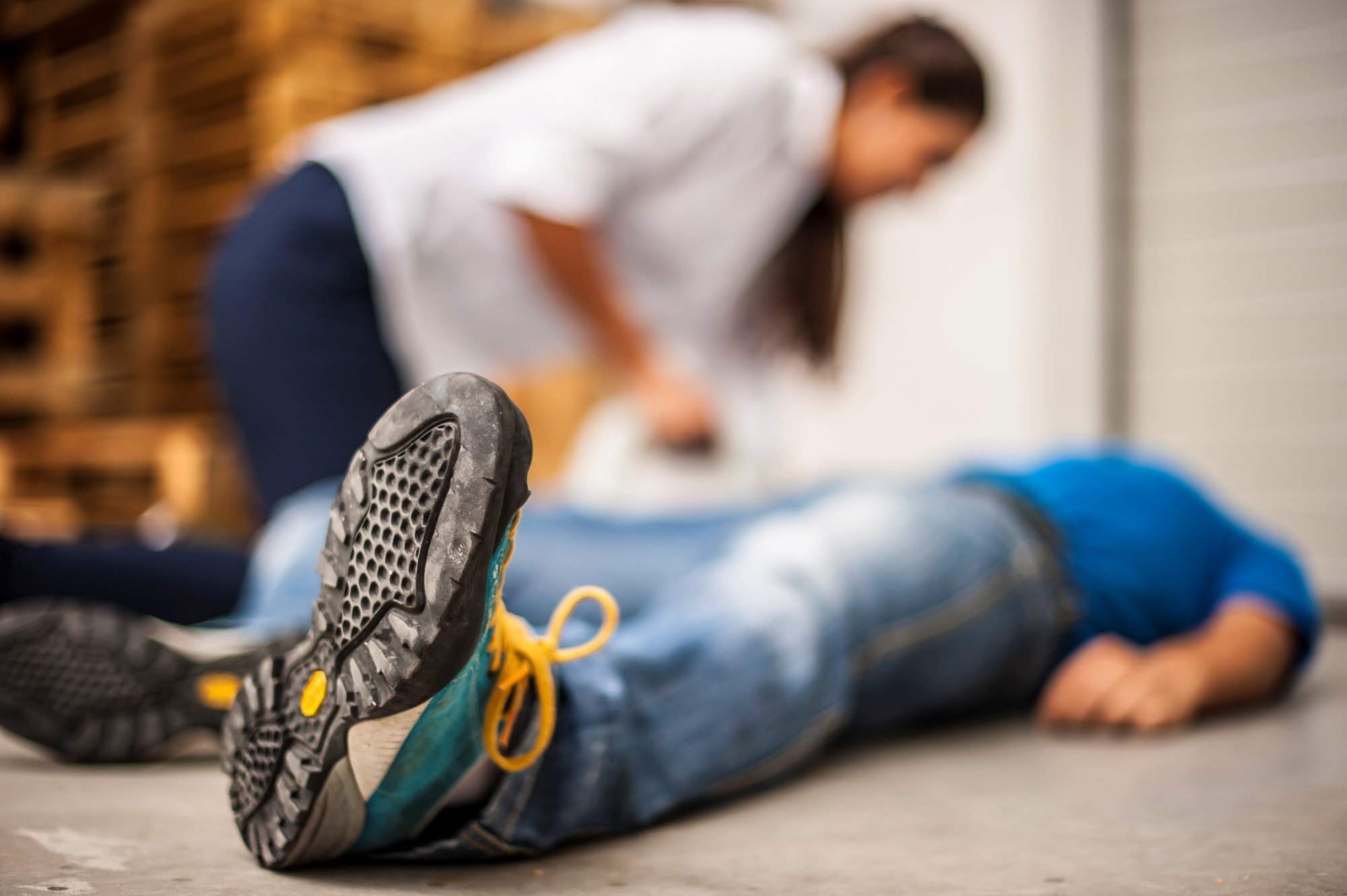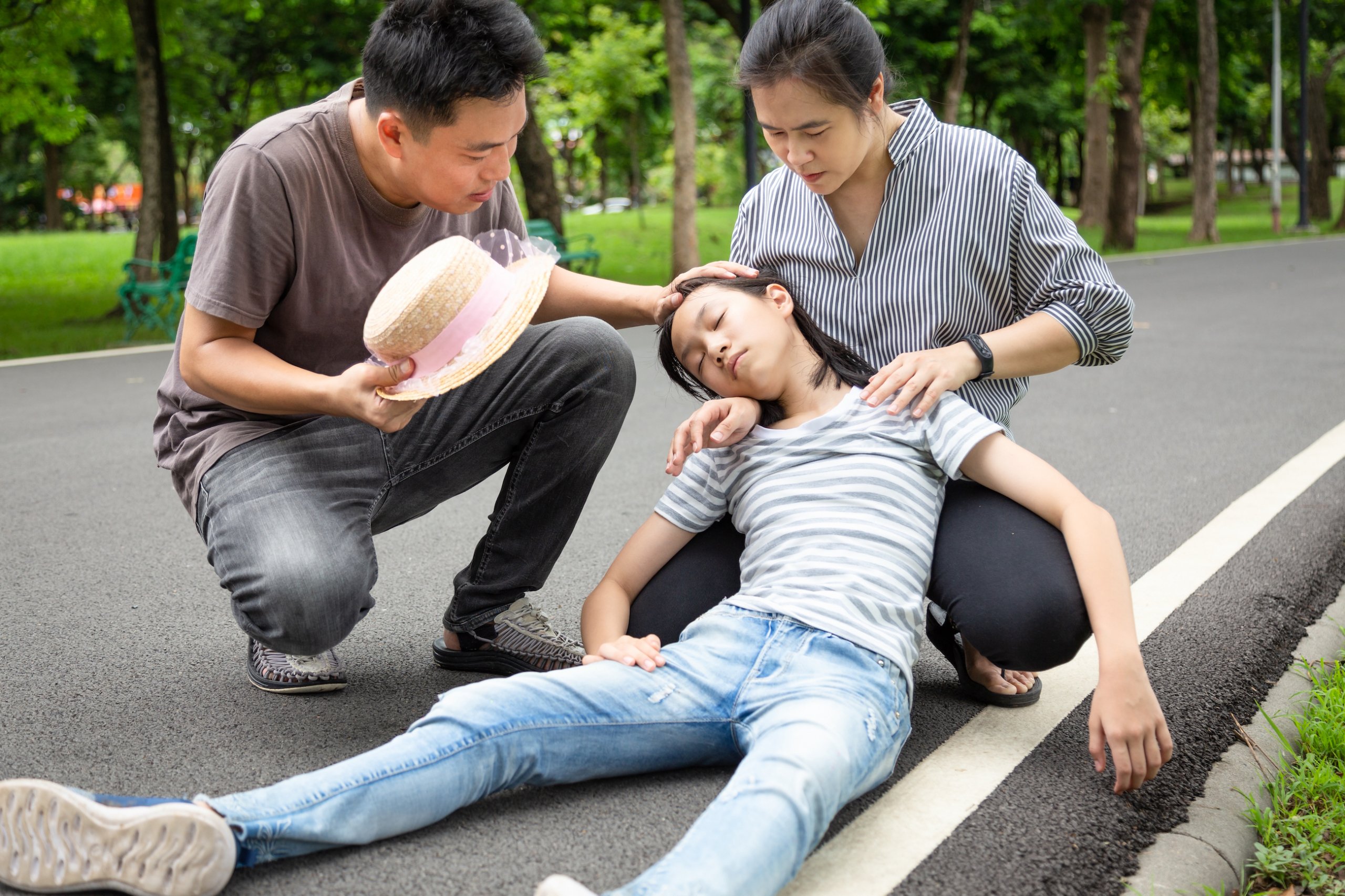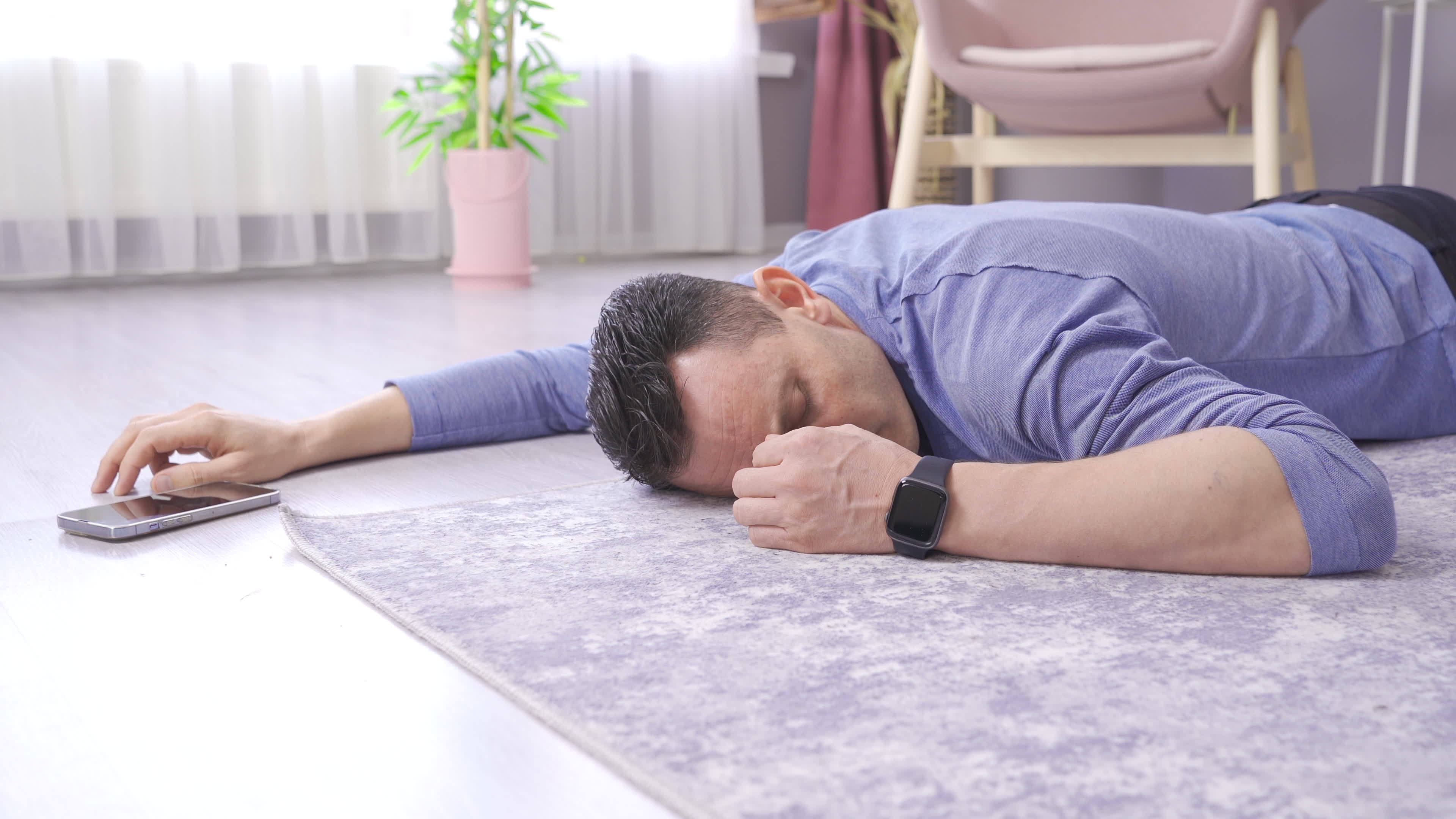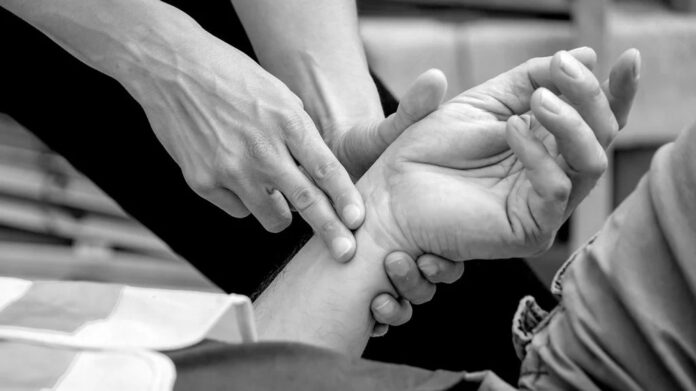Fainting can strike unexpectedly, leaving bystanders feeling alarmed and uncertain about how to respond. Whether it’s a fleeting moment of dizziness or a more alarming loss of consciousness, knowing how to act when someone faints is crucial.
In this guide, we will navigate the essential steps to take when faced with this situation, transforming confusion into confidence. From assessing theperson’ss condition to providing appropriate care, the knowledge you gain here can make a significant difference.
So, let’s delve into the practical measures that can help ensure safety and stability in those critical moments when someone needs immediate assistance.
Assess the Situation

When someone suddenly faints, the first step is to take a moment to assess the situation with a keen eye. Look around—are there potential hazards nearby? Is the person lying in a safe space, away from any sharp edges or pollutants? Check for any signs that may indicate the fainting could be due to a more serious condition, such as irregular breathing or severe injuries.
Consider the surroundings: the temperature, the presence of onlookers, and if the individual has any known medical history. While it’s easy to feel a rush of panic in these moments, grounding yourself in observation is vital. Remember, every second counts, so make quick but careful judgments; your calm demeanor can make a significant difference in stabilizing the situation until help arrives.
Position the Person

When someone faints, your immediate response can significantly impact their recovery. The first step is to gently lower the person to the ground, ensuring their safety by eliminating any potential hazards nearby.
You want to position them on their back, which allows blood to flow more easily to the brain. Elevate their legs above the level of their heart, using a cushion or jacket if available; this simple maneuver can help alleviate the fainting episode more quickly.
Be sure to loosen any tight clothing around their neck and waist to promote circulation. As you wait for them to regain consciousnessit’sts essential to stay calm and speak reassuringly, letting them know that help is on the way. Every second counts during these moments, so your actions can make a world of difference.
Monitor Vital Signs

Once the individual has fainted, the immediate focus should be on closely monitoring their vital signs to assess their condition. Check for breathing—if their chest is rising and falling, that’s a good sign, but remain attentive.
If the person is breathing irregularly or not at all, be ready to initiate CPR if necessary. Next, take note of their pulse: is it rapid or weak? This detail can help you gauge their overall state.
Additionally, pay attention to their skin; if it appears pale, clammy, or bluish, it may indicate a more serious issue. Throughout this critical process, maintain calm and communicate gently with bystanders, updating them on the person’s condition while preparing to seek professional medical help if signs of distress persist.
Remember, each second counts, and your observations can guide the response to ensure their safety.
Conclusion
In conclusion, knowing how to respond effectively when someone faints is crucial for ensuring their safety and well-being. By following the steps outlined in this guide—assessing the situation, providing care, and monitoring the individual—you can make a significant difference in their recovery process.
Remember, remaining calm and composed is key, as this can help reassure the person when they regain consciousness. For additional support and training, consider seeking resources from organizations like First Aid Wirral, which offer valuable information and courses on basic first aid techniques. With the right knowledge and preparation, you can be a vital resource in emergencies and help others in their time of need.





